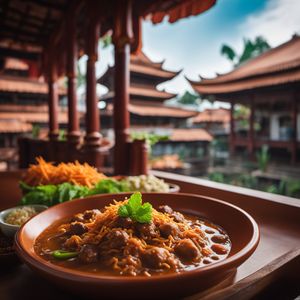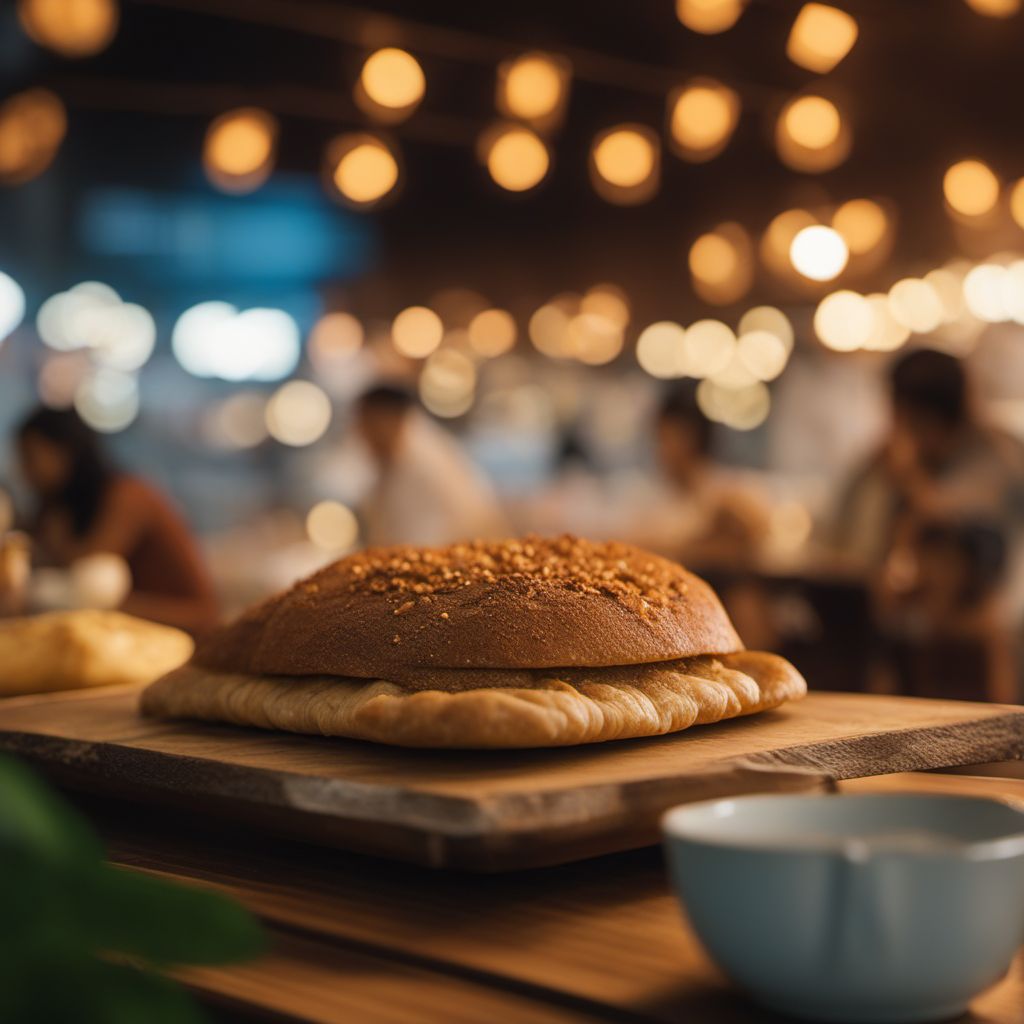
Dish
Pinagong
Pinagong is made with a combination of flour, sugar, baking powder, salt, eggs, milk, and butter. The dough is kneaded and then left to rise before being shaped into rolls and baked. The bread is best served warm with butter or jam. It can also be used to make sandwiches or as a side dish with soups or stews.
Origins and history
Pinagong originated in the Philippines and has been a staple in the region for centuries. It is named after the shape of the bread, which resembles a turtle shell. Today, it is still a popular bread in the Philippines and can be found in many bakeries and cafes.
Dietary considerations
Suitable for vegetarians. Contains gluten, dairy, and eggs.
Variations
Some bakers may add additional ingredients such as nuts or dried fruit to the dough for added flavor.
Presentation and garnishing
To ensure a soft texture, be sure to knead the dough thoroughly and let it rise properly. Use a sharp knife to score the top of the rolls before baking to allow for even rising. Pinagong can be presented as individual rolls or in a basket. It can be garnished with nuts or served with butter or jam.
Tips & Tricks
Pinagong is best eaten fresh and warm. To reheat, wrap in foil and place in a preheated oven at 350°F for 5-10 minutes.
Side-dishes
Pinagong is best served with sweet dishes such as jams, jellies, and spreads. It pairs well with coffee or tea.
Drink pairings
Pinagong goes well with coffee or tea.
Delicious Pinagong recipes
More dishes from this category... Browse all »
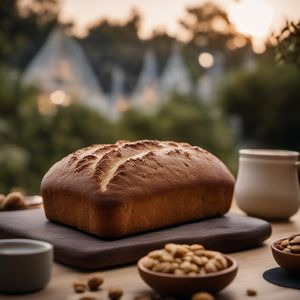
Acorn Bread
Native American cuisine

Alkubus
Moroccan cuisine

Almojábana
Colombian cuisine

Anadama Bread
American cuisine
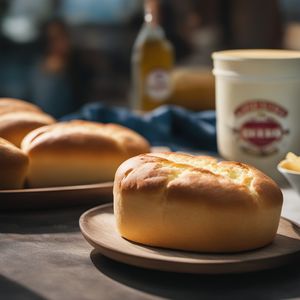
Antiguan Butter Bread
Antiguan cuisine

Baati
Indian cuisine

Babà rustico
Italian cuisine
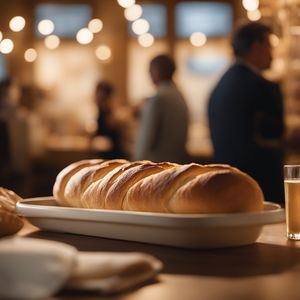
Baguette
French cuisine


